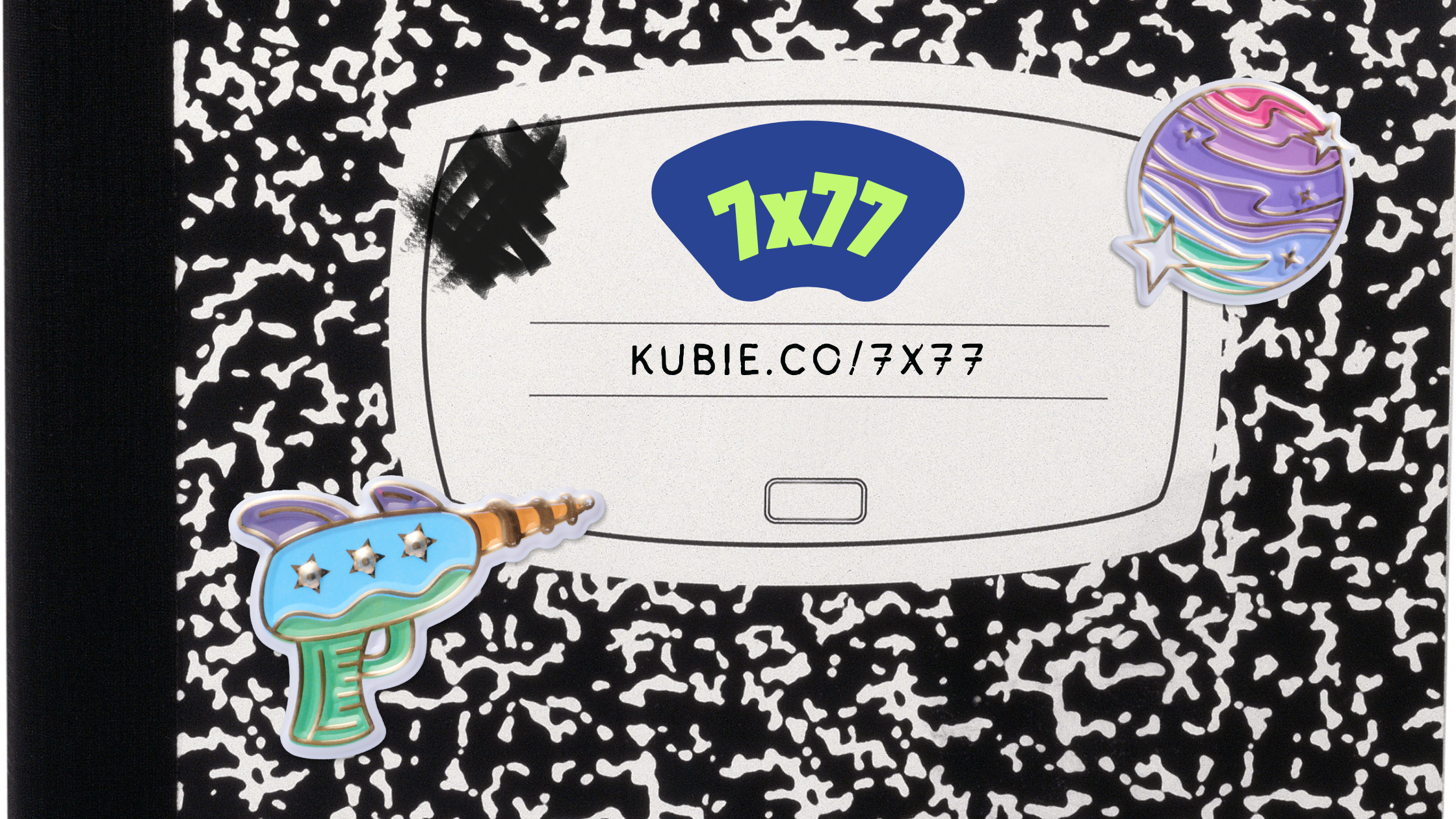My friend Neil is a software engineer. He spends a lot of time thinking about how to best design systems for efficient information storage and retrieval. I’ve seen him apply this to his personal life in all kinds of productive ways, including this great list he’s provided about remembering and saving the good stuff from what he’s read. Enjoy!
After finding myself exhausted with the “I read an article the other day” culture of forgotten references, I made a resolution to somehow keep track of the tangled mess. And it’s working! Conversations are fun again! I can talk about big-picture ideas, no longer wracked with guilt that people will think I’m making stuff up.
Here are seven ways to remember:
1. Muting (and highlighting)
My dive into content usually begins with Twitter or a newsreader (RSS). Being able to mute tags, phrases, and authors I don’t care about lets me see more of what I want to – and the experience of adding a new mute for the stuff I don’t like is cathartic. Bonus points if I can do the opposite and highlight the stuff I really care about.
2. NewsBlur
My newsreader of choice. It lets me mute, highlight, sort feeds into nested folders, and easily save links I care about to other services. I almost never read the full article unless it’s very short. Anything I think could be worth reading goes to one of the next steps in my workflow. (Tip o’ the hat to Feedly and Inoreader for offering similar features).
3. Full archiving (with search)
The sad part about updating my previous workflow was seeing how many of the old bookmarks had moved URLs or no longer existed. It will set you back a few bucks, but many bookmarking services will archive content for you. The key is having the ability to search the full archive text to easily find content later.
4. Instapaper
Where I send longer articles. Everything goes into my Home folder and I read things as I’m able. If I like it, it gets archived. If it’s not great, it’s deleted. I have several folders where I save articles I found particularly illuminating on subjects I often discuss.
5. Coherence
In order to get the most out of web-based tools without desktop apps (or with poor ones), you sometimes have to just use the website of each service. This is what I found myself doing with NewsBlur and Instapaper. Coherence allows me to create standalone applications for these sites.
6. Pinboard
Where I send things that aren’t articles. This includes interesting software, guides, lists, Wikipedia articles, and anything that either contains no real content or contains time-sensitive content.
If I come across a video I’m interested in, it goes into one of the many playlists I have. Once I watch it, it’s either removed from that playlist or added to another so I can find it later.
Thanks Neil! My own system is not robust enough for a seven-item list, so I’ll chime in quick to say that I also enjoy Pinboard and make frequent use of YouTube playlists. The most important thing is to actually go back and look at stuff once in a while. Working on it!

